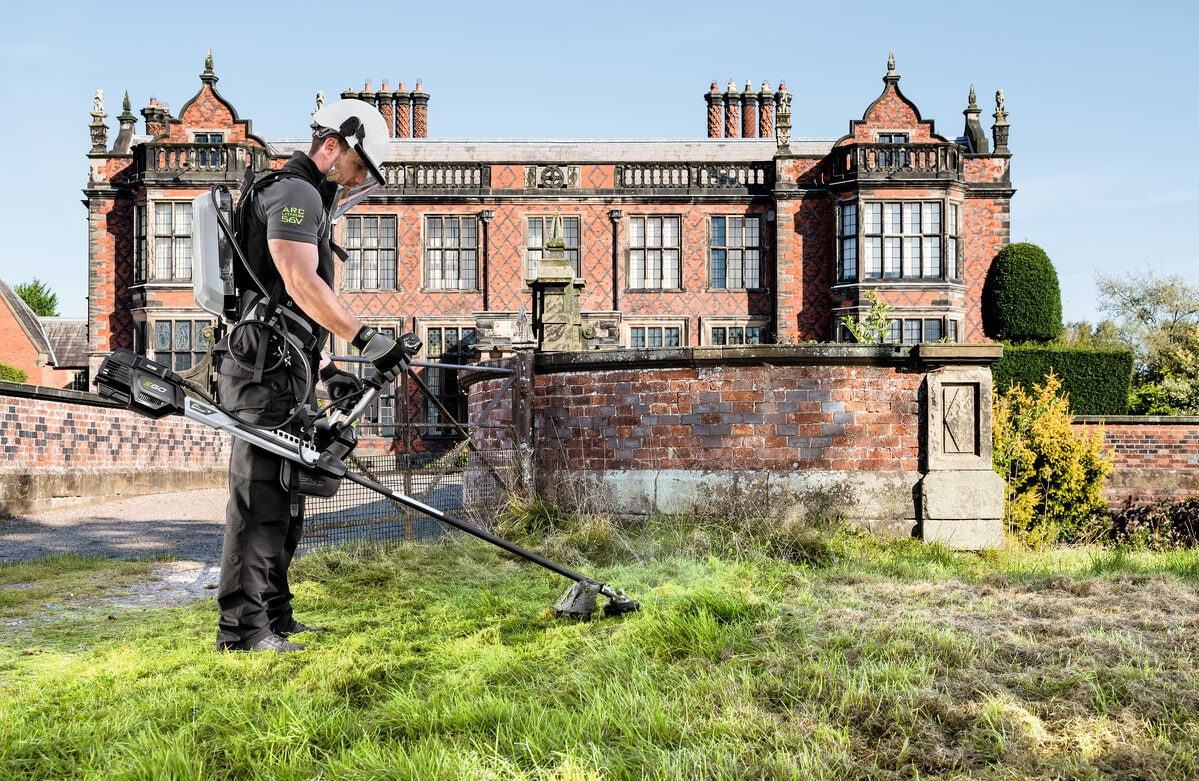Battery Technology

Today, the world is changing.
The world is moving away from fossil fuels and adopting cleaner, greener energy. The technology is already here to enable a smarter way to power through gardening and landscaping tasks, and we plan to continue investing in ways we can improve it.
Many US cities, including Los Angeles, have already committed to banning petrol-powered leaf blowers, lawn mowers and chainsaws by 2024, and European cities like Berlin, for example, are following suit.
In January 2019, new European Union standards were introduced that will require small petrol engines to conform to euro 5 emissions standards.
It’s also encouraging to see that the European Commission’s 2014 procurement directive urges public authorities to consider whole life-cycle costs, meaning the idea of ‘green procurement’ is beginning to take root in the public sector and is increasingly being adopted by private companies.
We applaud these changes. But we are impatient for more and better standards. To us, the outdoor power equipment sector still feels like it’s playing catch-up.
We want to drive change not because we must follow directives, but because it’s the right and responsible thing to do.
When it comes to creating a better environment, we want to be in the driving seat, not a passenger.
How battery technology is being revolutionised
You don’t need to look much further than Elon Musk and his exciting portfolio to see that battery technology has evolved in a relatively short period of time.
With 14.55% market share, Tesla lead the way in global plug-in electric vehicle (first half of 2021) by main producer. Their closest rivals are VW Group with 12.52%.
And it’s his passion to continuously push the boundaries of technology which has helped to drive more and more investment into battery technology, firstly to rival his empire, but secondly, because the world needs to change – and the sooner, the better.